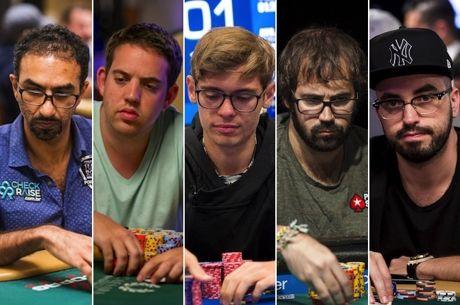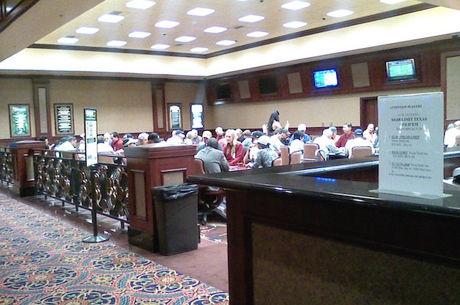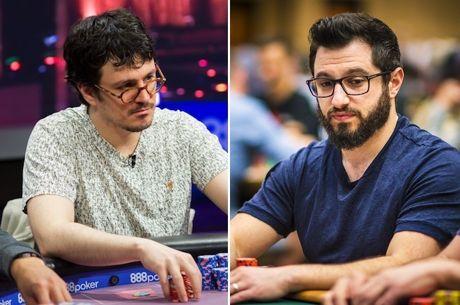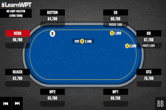Hand Review: A Final Table Triple-Barrel in Monte Carlo
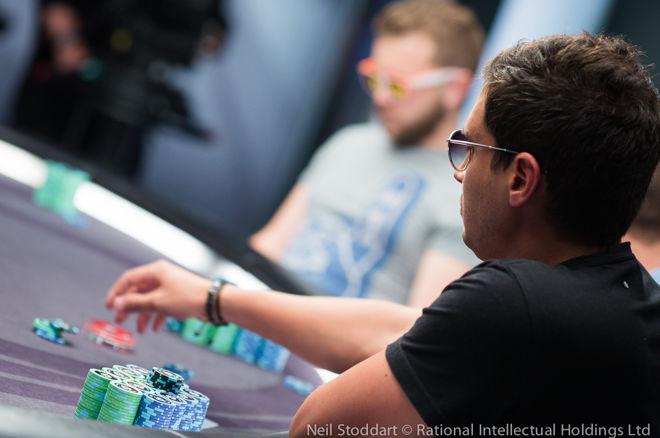
Covering live poker tournaments for a living affords me the opportunity to see countless thousands of hands played out, many of which offer interesting and potentially valuable insights into how players �� both amateurs and professionals �� play the game. In this ongoing series, I'll highlight hands I've seen at the tournaments I've covered and see if we can glean anything useful from them.
The Scene
Unfortunately, I've exhausted all of the knowledge I gleaned from the great Christoph Vogelsang. If you missed it, check out his analyses of two big hands from the $300,000 Super High Bowl �� one against Justin Bonomo, and the other heads-up against Jake Schindler to win the event.
This week, we'll return to hands reviewed by the author. While I can't offer the same level of ultra-deep strategy knowledge that Vogelsang provides, I've still played and seen a hand or two of poker in my time, so I'll do my best to break things down.
I took note of the following hand back in May while covering PokerStars Championship presented by Monte-Carlo Casino?. It took place at the final table between aggressive chip leader Michael Kolkowicz and the tighter, more conservative Russian Andrey Bondar, coming just after Diego Zeiter had been eliminated to leave things five-handed.
The Action
With blinds and antes at 50,000/100,000/10,000, Kolkowicz opened from under the gun to 340,000 with A?Q?. Bondar just called on the button with A?K?. Kolkowicz started the hand with a little over 8 million, while Bondar had about 3.5 million.
The pair saw a flop come 8?9?K?. Kolkowicz fired out a continuation bet of 275,000 and Bondar made the call. Bondar then called another barrel of 540,000 on the 8? turn.
A 2? hit the river and Kolkowicz put in another 540,000. Bondar found the call button a final time without much delay, and he raked in the hefty pot to bring Kolkowicz back down to the pack and chip up considerably himself.
Concept and Analysis
Kolkowicz was amping up his aggression in the early stages of the final table and had to be very pleased to see A?Q?. Perhaps expecting lighter-than-usual action, he made a sizable preflop raise here �� more than three times the blind.
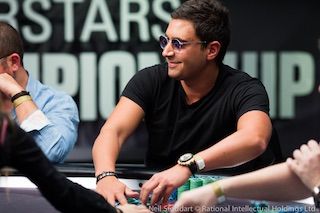
Unfortunately for him, Bondar woke up with Big Slick and smooth-called, leading to a flop that found Kolkowicz betting while drawing essentially dead.
Continuation betting the 8?9?K? flop with the heart-free ace-queen seems okay here, although Kolkowicz has to be prepared to try to fire at least one more barrel. That's because the main value in betting here is to get a tight player to muck some weaker hands on the turn.
Let's look at Kolkowicz's calling range preflop and on this flop. For a tight player facing a big raise, he's probably going to have only medium pairs and suited Broadway combos at worst.
Some of those mid pairs are going to be stuff like 10?10x and J?Jx that's going to peel on this flop. Pocket pairs without hearts will probably fold to the first bet, and pairs with a heart will usually fold to the second bet, as will A?Xx Broadway combos, most likely.
When Bondar calls the turn, though, alarm bells should be going off in Kolkowicz's head.
Think about hands with which a tight player is going to get to this spot. He had to call a big preflop raise and then flop and turn barrels on a pretty scary board. It seems like the very worst hand he could have here is KxQx. I just can't really see a tight player getting to this point with a worse hand than that, and I'm not even sure Bondar wouldn't just muck that preflop.
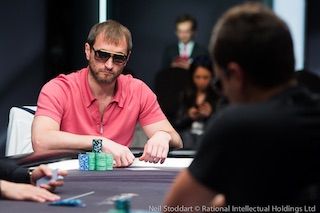
It seems a little unlikely Bondar would slow play a flush to this extent. However, we can't rule it out. He could also be nutted with pocket nines or pocket eights. It seems like the majority of his range would be top pair for kings up with a strong kicker.
Given that, Kolkowicz's best options would be to try to make a bigger bet to represent a nutted hand like himself �� like a flush or trip eights �� and get a king to fold, or just shut it down and give up the pot.
Instead, he chooses a middle ground with a river bluff of less than a quarter of the pot. I sometimes like making these smaller bluffs in spots where I see some missed draws in my opponent's range, giving me the chance to buy the pot cheaply.
However, I just don't see that many bare missed draws in Bondar's range. Kolkowicz made a bet where it kind of seems like Bondar is always going to either shrug and call or shove for value. I like either shutting down or going for a bigger bluff in this spot, so there's at least some hands we can target to try to fold out.

